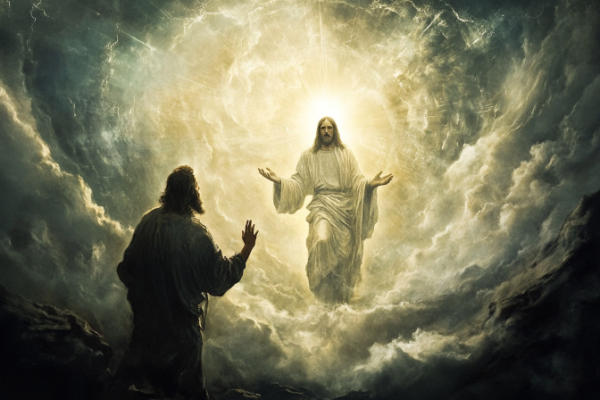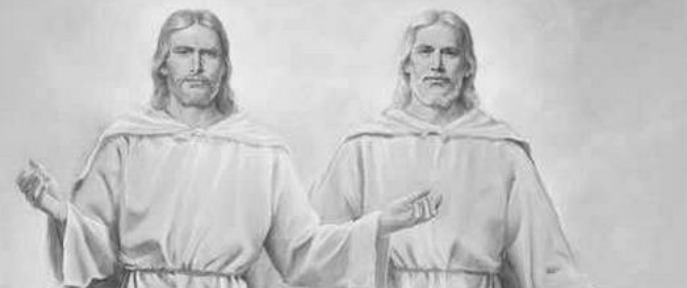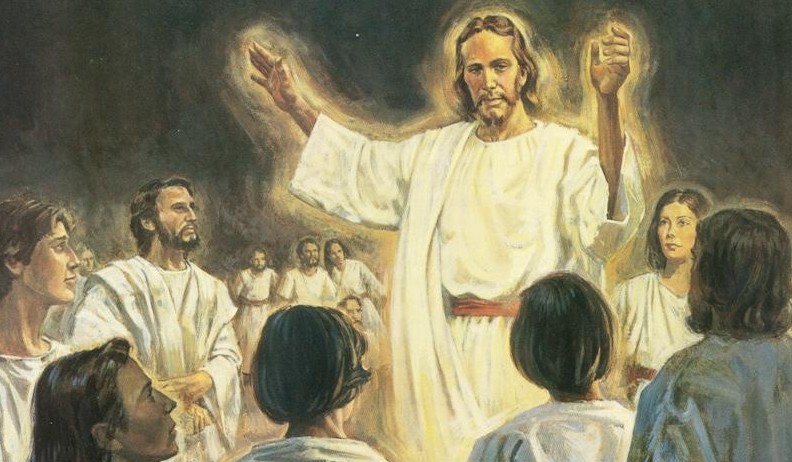Question
Gramps,
Is it true that as soon as a person dies, that person goes through a partial judgment or life review in front of Jesus Christ?
Donald
Answer
Donald,
In the Book of Mormon, Alma 40:11 states, “…the spirits of all men, as soon as they are departed from this mortal body…are taken home to that God who gave them life.” This scripture suggests a universal return to God after death, but it raises questions about the nature of that encounter, especially in light of other teachings that indicate not all spirits may meet Christ. For instance, Doctrine and Covenants 138:37 states that the Lord cannot personally meet with those in the spirit world who were evil. This dichotomy leads to a deeper exploration of the afterlife and the experiences of the righteous versus the wicked.
Near-death experiences (NDEs) have been reported by many individuals who have come close to death or have been clinically dead for a brief period. These experiences often include vivid encounters with light, feelings of peace, and sometimes, a life review. While some members of The Church of Jesus Christ of Latter-day Saints may interpret these experiences as encounters with Christ, it is essential to approach them with caution.
Elder David B. Haight, in a talk given during the October 1989 General Conference, emphasized the sacred nature of personal revelations, suggesting that NDEs should be viewed as individual experiences rather than universal truths. He noted that while some NDEs may reflect genuine spiritual encounters, others could be influenced by the imagination or physiological responses to trauma. Thus, while NDEs can provide insight into the afterlife, they should not be seen as definitive proof of a universal life review with Jesus Christ.
In the context of NDEs, personal revelation plays a crucial role. Each individual’s experience is unique and tailored to their spiritual needs. As such, while some may report meeting Christ during their NDE, others may not. The Church teaches that personal revelations are given for the benefit of the recipient and are not binding on others. This perspective allows for a diversity of experiences while maintaining the core belief in Christ’s role as the Savior.
According to the teachings of The Church of Jesus Christ of Latter-day Saints, the spirit world is divided into two main areas: paradise and spirit prison. Alma 40:12 describes paradise as a state of happiness and peace for the righteous, while the wicked are cast into spirit prison, a place of torment and separation from God. This division is significant in understanding the post-mortal experience and the nature of encounters with Christ.
In Doctrine and Covenants 138, President Joseph F. Smith elaborates on the Savior’s role in the spirit world. After His death, Christ visited the spirits of the righteous to preach the gospel, but He did not personally minister to the wicked. Instead, He authorized others to do so. This distinction suggests that while the righteous may have the opportunity to meet Christ, the wicked may not experience His presence in the same way.
For those who have lived righteously, the experience in paradise is one of joy and peace. They await the resurrection with the assurance of being in the presence of God. President David O. McKay spoke of a personal interview with the Savior, indicating that the righteous will have the opportunity to account for their earthly responsibilities. This suggests that while they may not meet Christ immediately upon death, they will eventually have a personal encounter with Him as part of their spiritual progression.
Conversely, the wicked, who enter spirit prison, experience a different reality. They are subject to the influence of evil spirits and may feel a sense of dread at the thought of facing Christ. Brigham Young taught that the nature of a person’s spirit upon entering the spirit world does not change; thus, a wicked person will continue to strive for evil, while the righteous will seek to do good. This fundamental difference shapes their experiences in the afterlife.
The final judgment is a significant event in the doctrine of The Church of Jesus Christ of Latter-day Saints. It is believed that all individuals will ultimately stand before Christ to be judged according to their works and faith. This judgment occurs after the resurrection and is a time when individuals are assigned to their eternal glory based on their choices in mortality.
The Book of Revelation describes this judgment as involving the opening of the Book of Life, where individuals are judged according to what is written therein. Joseph Smith explained that this book contains a record of each person’s life, and it will be compared with earthly records to determine their eternal fate. This process underscores the belief that everyone will have an encounter with Christ, albeit in different contexts depending on their spiritual state.
While the righteous may experience joy and peace in their encounter with Christ, the wicked may face a more daunting experience. Brigham Young articulated that for the unrepentant, meeting Christ could be an excruciating experience, as they would be confronted with their sins and unworthiness. This highlights the importance of living a righteous life, as the nature of one’s encounter with Christ will significantly impact their eternal destiny.
In summary, while all individuals will eventually meet Christ, the nature of that meeting will vary based on their choices and actions during their mortal lives. The righteous can look forward to a joyful reunion, while the wicked may face a painful reckoning.
Gramps
Related articles:
Who determines if a spirit is sent to spirit prison or to paradise?







